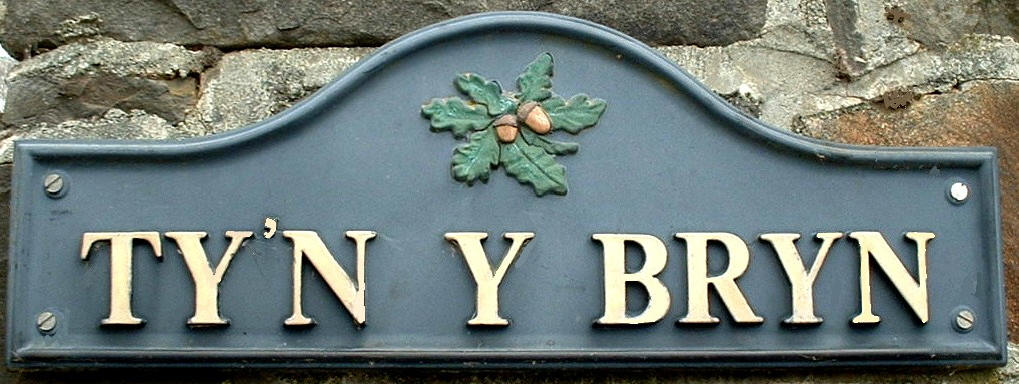

|
|
|
|
Texel Origin and History The Texel Sheep originates from the Island of Texel, one of the North-Western Island off Holland where it has been since Roman times. Throughout the centuries, selection, as ,well as an infusion of British blood, principally from the Lincoln as well as a little from the Border Leicester, Leicester, South Down, Hampshire Down and Wensleydale, has improved its potential. About 1933, the Texel was introduced to France and has since become established, particularly in the Northern provinces. In 1970, the first Texels were introduced to the United Kingdom with an importation organised by the Animal Breeding Research Organisation, who brought in four Rams for experimental purposes. Another four followed in 1971 and ABRO initiated extensive trials to compare the Texel with other terminal sires. The verdict was that the Texel excelled in carcase quality and in particular, in lean meat yield. In 1973, thirteen Lanarkshire sheep breeders joined forces with ABRO to import twenty-seven Texel females and thirteen Rams from France. Further importations were made throughout them 1970's, with the first direct import from Holland at the end of that decade. The Texel has primarily been developed as a meat breed but its native environment has has endowed it with invaluable commercial traits. The Texel ewe is hardy and exceptionally thrifty and her lambs have a tremendous get-up-and-go attitude, searching hard for milk as soon they are born. Again, the breed's harsh native environment has led to th development of a sheep that thrives on poor pasture and requires only modest amounts of feed in the run-up to lambing and whilst suckling. In Great Britain, the Texels have shown that they are capable of with standing the rigours of the Scottish winter without and hardship and their progeny have proved to be as adaptable in our climate and altitude as the flocks in Holland and France. The breed is well known in Europe and in the continents of Africa and South America as a provider of a high quality carcase which has a high killing out percentage. It is also well known in many countries as a breed which transmits its qualities to its progeny when used for crossing purposes. For Further Information contact :
|
|
Send mail to
DanGJ@supanet.com with
questions or comments about this web site.
|